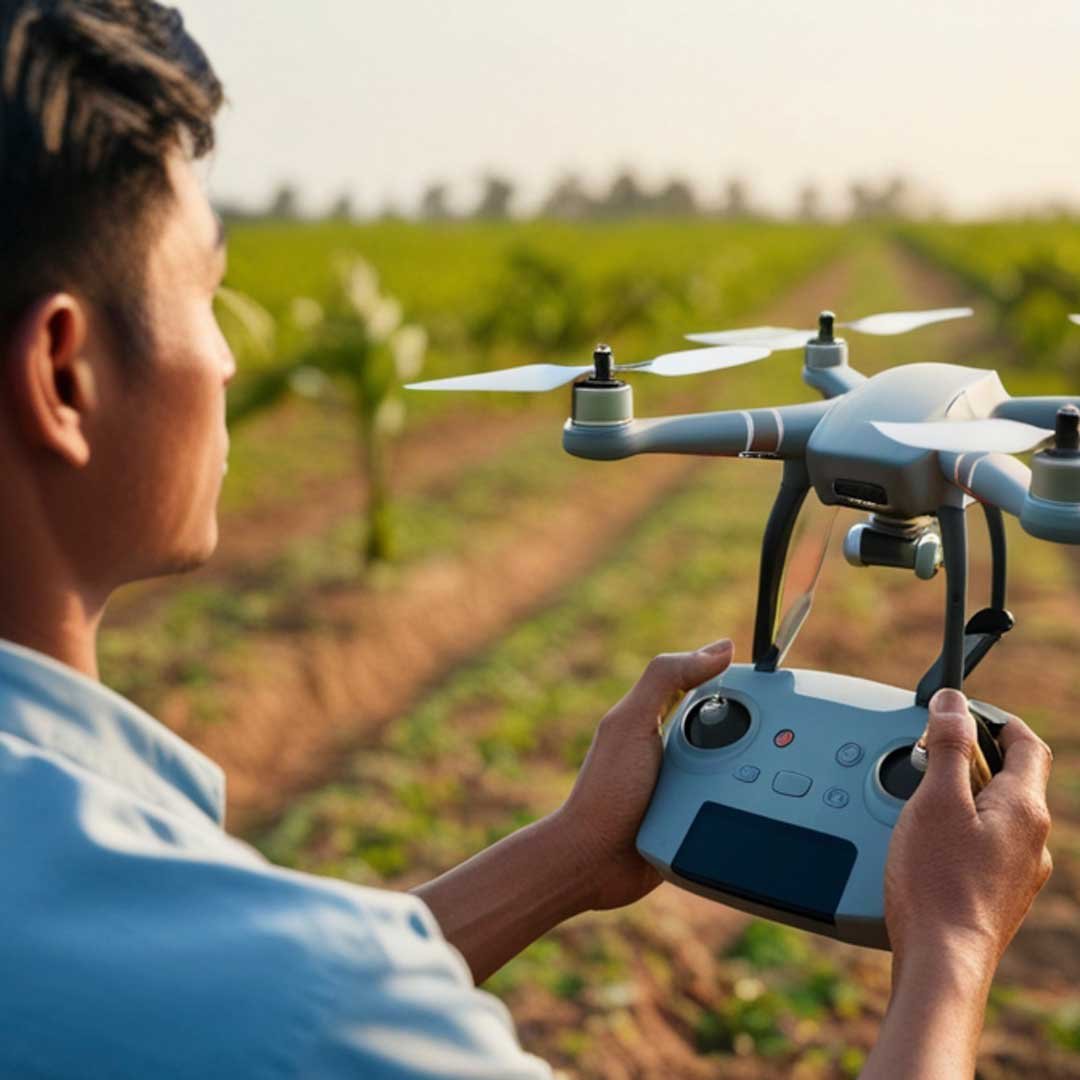Philippine agriculture stands at a crossroads. The sector employs nearly a quarter of the country’s workforce and contributes significantly to GDP, yet it’s plagued by persistent challenges: fragmented landholdings, limited access to capital, climate vulnerability, and inefficient supply chains that see up to 30% of produce spoiled before reaching consumers.
But a new generation of startups is betting that technology—particularly artificial intelligence, Internet of Things sensors, and data analytics—can finally crack these long-standing problems.
Traditional to Tech-Enabled
The shift is already visible on the ground. More than 70% of Filipino farmers now use mobile tools, creating an infrastructure for digital solutions that wasn’t there even five years ago. Government initiatives like the Department of Agriculture’s Young Farmers Challenge and DOST’s Agri-Aqua Innovation Challenge have channeled funding and visibility to youth-led ventures tackling everything from poultry mortality to post-harvest waste.
What distinguishes today’s agritech wave isn’t just the sophistication of the tools but their practical design. These aren’t lab experiments—they’re solutions built around the realities of small-scale farming, unreliable infrastructure, and tight margins.
Who’s Building What
At PH STARTUP 2025, a diverse set of finalists demonstrated how technology is being applied across the agricultural value chain:
On the production side, iCarus Agritech uses machine learning to optimize egg incubation, improving hatch rates for poultry farmers dealing with unpredictable climate conditions. Their AI-powered incubators adjust temperature and humidity in real-time—a critical advantage for small-scale operators who can’t afford significant losses.
Chaptu Farm Technology takes the next step with Smart Brooder Technology that automates environmental controls during chicks’ vulnerable early days, paired with a mobile app that gives farmers real-time health insights.
For precision farming, Innov Smarter Agricultural Services combines satellite imaging, soil sensors, and analytics to help farmers make data-informed decisions on everything from fertilizer schedules to crop rotation. Their upcoming $100,000 pilot in Bulacan will test whether the platform can deliver measurable productivity gains at scale.
SENSITECH (Fertilitech) addresses a similar need with a portable soil tester and mobile app designed to optimize fertilizer use—cutting costs while reducing environmental impact.
Disease control got attention too. Mi-DNA’s rapid test kits for African Swine Fever enable early detection in the swine industry, potentially saving millions in losses. AniTech (CropNote) offers remote farm monitoring through sensors and an online platform, giving agribusinesses visibility from pre-harvest through post-harvest.
On the supply chain and market access front, Kita uses AI to connect farmers directly with Metro Manila’s hotels and restaurants, cutting out middlemen and reducing spoilage. Since raising $3 million in 2023, Kita has become a case study in how logistics tech can make farming more profitable. Mayani Holdings takes a similar approach with a smart supply chain platform using data analytics and automation to link rural farmers with B2B buyers.
Then there’s Cropital, which tackles the capital problem head-on by connecting smallholder farmers with individual investors for shared returns of 3–30%. By removing traditional financing barriers, Cropital makes it possible for farmers to actually afford the equipment and inputs that other tech solutions require.
Even waste management is getting attention. CirPro Innovations extracts liquid pectin from calamansi peels, turning agricultural waste into a marketable product. Lesstics converts single-use plastics into coconut fiber boards, creating livelihoods while addressing pollution.
Potential for Real Impact
The immediate benefits are clear: higher yields, lower losses, better prices for farmers, and more efficient use of resources. But the longer-term impact could be transformative.
If these technologies achieve meaningful adoption, they could help reverse decades of underinvestment in agriculture. Younger Filipinos might actually see farming as a viable, technology-enabled career rather than backbreaking work with marginal returns. Data-driven farming could make Philippine agriculture more resilient to climate shocks—increasingly critical as typhoons and droughts become more severe and unpredictable.
The supply chain innovations, if they scale, could reduce the persistent gap between what farmers earn and what consumers pay. That margin currently gets eaten by multiple layers of middlemen, storage losses, and logistics inefficiencies.
National Stakes
For the Philippines, the stakes go beyond individual farm productivity. The country imports significant amounts of rice, corn, and other staples. If domestic production becomes more efficient and reliable through technology adoption, it could improve food security while reducing dependence on imports—particularly important given global supply chain volatility.
There’s also an economic development angle. Agriculture employs millions, particularly in rural areas with few alternative opportunities. Making farming more profitable and less risky could stem rural-to-urban migration and create wealth in communities that have historically been left behind.
The investor interest is real. Beyond government grants, several of these startups are attracting private capital, with some advancing to Demo Days and international showcases like InnoVEX 2025. That suggests growing confidence that Philippine agritech isn’t just about social impact—there’s a viable business case.
What Comes Next
Success will depend on a few critical factors. First, can these solutions actually scale beyond pilot projects and early adopters? Second, will farmers trust and adopt these technologies, or will cultural and educational barriers slow uptake? Third, can the enabling infrastructure—reliable internet, electricity, logistics—keep pace with technological ambition?
The government’s role remains crucial, not just in funding but in creating a regulatory environment that encourages innovation without exposing farmers to excessive risk.
What’s promising is that the current wave of startups seems clear-eyed about these challenges. Rather than chasing headlines with flashy tech, they’re building practical tools designed for Philippine conditions—affordable, mobile-first, and focused on solving specific pain points.
If they succeed, Philippine agriculture might finally break out of its low-productivity trap. And the model they’re building—combining technology, inclusive finance, and farmer-centered design—could offer lessons for agricultural development well beyond the country’s borders.





